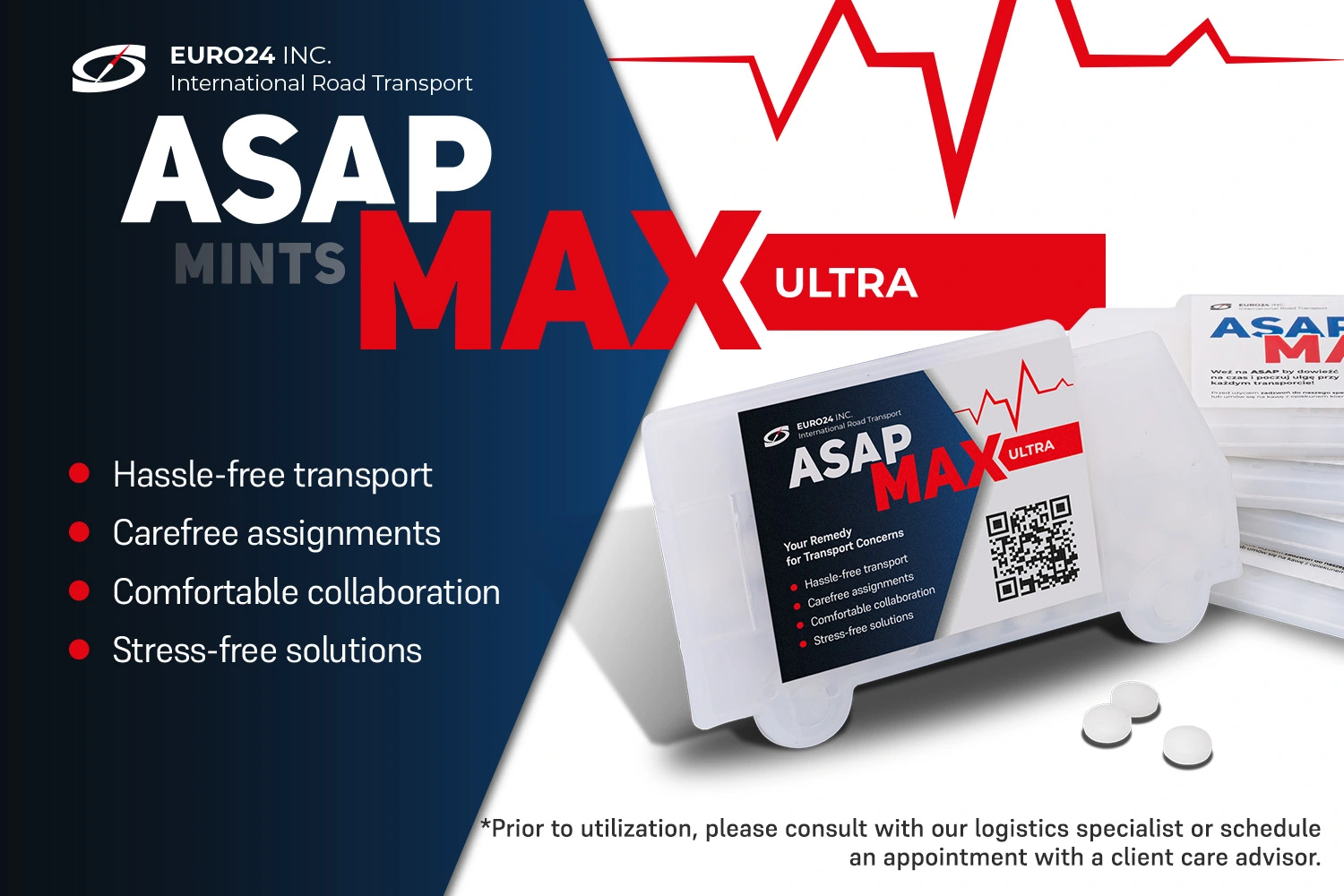Blog

All you need to know about ADR
The transportation of dangerous goods is a topic that stirs a lot of emotions and questions, not only among transport companies but also among consumers and individuals responsible for logistics in various enterprises. Every day, our roads are filled with numerous vehicles carrying substances that, in the event of an accident, can pose a serious threat to people, the environment, and infrastructure. This is why it is so crucial that the rules of this type of transport are clearly defined and rigorously adhered to. One of the key documents regulating this issue is the ADR agreement. But what exactly is ADR, what are its main provisions, and which goods are classified as dangerous? In this article, we will delve into all the information to best illustrate how the ADR agreement affects everyday transport reality and safety on the roads.
What is the ADR agreement?
The ADR Agreement (fr. L’Accord européen relatif au transport international des marchandises Dangereuses par Route) is an international convention regulating the road transport of dangerous goods. This document was developed in Geneva on September 30, 1957, and was initially signed by 9 countries. Since then, the ADR regulations have been regularly updated every two years to keep pace with changes in technology and safety regulations. The number of countries where this agreement is in force increased to 50 by 2018. For the years 2023-2025, this number has risen to 54 countries. The current list of all participating countries is published by UNECE (United Nations Economic Commission for Europe).
ADR agreement 2023-2025
Starting in 2023, new regulations regarding the transport of dangerous goods under the ADR Agreement came into effect. The key changes include the mandatory appointment of a Dangerous Goods Safety Adviser (DGSA), the introduction of additional safety measures, and a modified method for reporting the quantities of ADR waste. Businesses were given time to implement these changes and adapt their vehicles to the new requirements by June 31, 2023, with the exception of the requirement to appoint an ADR adviser, which had to be fulfilled by the end of 2022. These updates aim to enhance the safety of road transport of dangerous materials and ensure compliance with the latest international standards.
Key changes

Part 1: New regulations for pressure vessels
The new regulations pertain to refillable pressure vessels approved by the United States Department of Transportation. These regulations allow the transport of these vessels to both the end customer and for export, provided certain requirements are met, such as compliance with the United States Code of Federal Regulations and proper labeling.
Transitional provisions
New transitional provisions have been introduced, including those for tank containers constructed before January 1, 2024. These containers may continue to be used even if they do not meet the new requirements for the installation of safety valves, which have been mandatory since January 1, 2023.
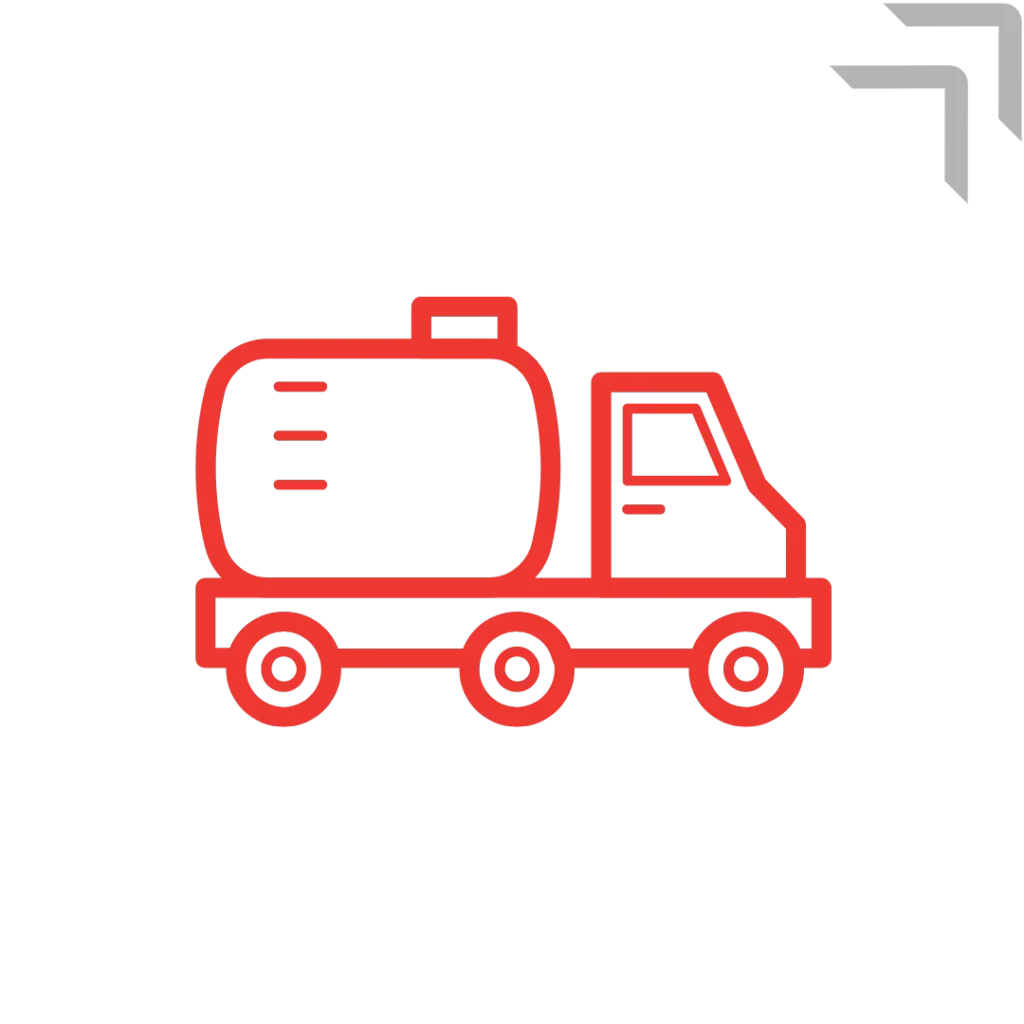
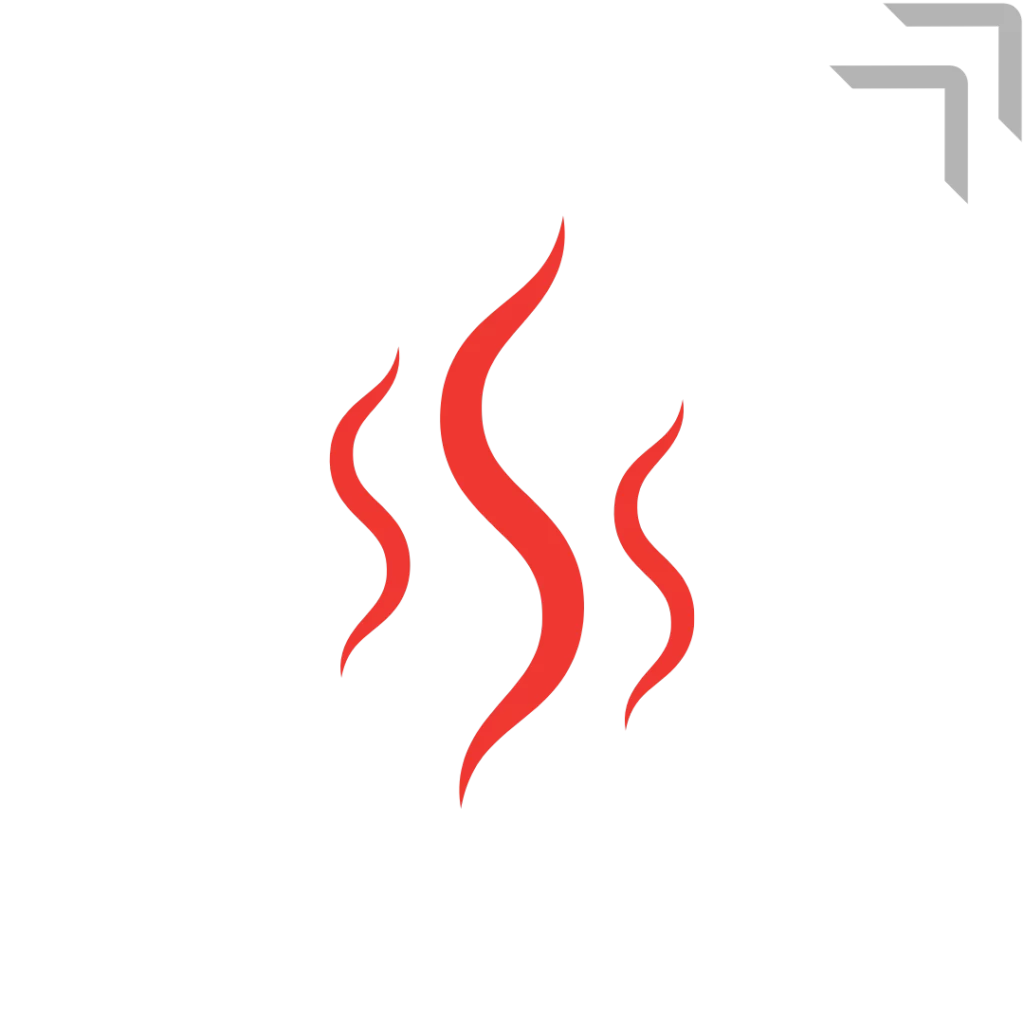
Part 2: Changes and additions to UN numbers
UN number 1197 has been updated to include “EXTRACTS, LIQUID flavoring or aromatic”, and UN number 1169 has been removed.
Part 3: New UN numbers and changes to existing ones
New UN numbers have been introduced, and the names and descriptions of several existing numbers have been changed. For example, UN 3550 has been assigned to COBALT DIHYDRIDE, POWDER containing not less than 10% respirable particles, and UN 1002 and UN 1012 have received new special provisions. Additionally, numerous other changes have been made, including modifications to restriction codes, and changes to names or descriptions.

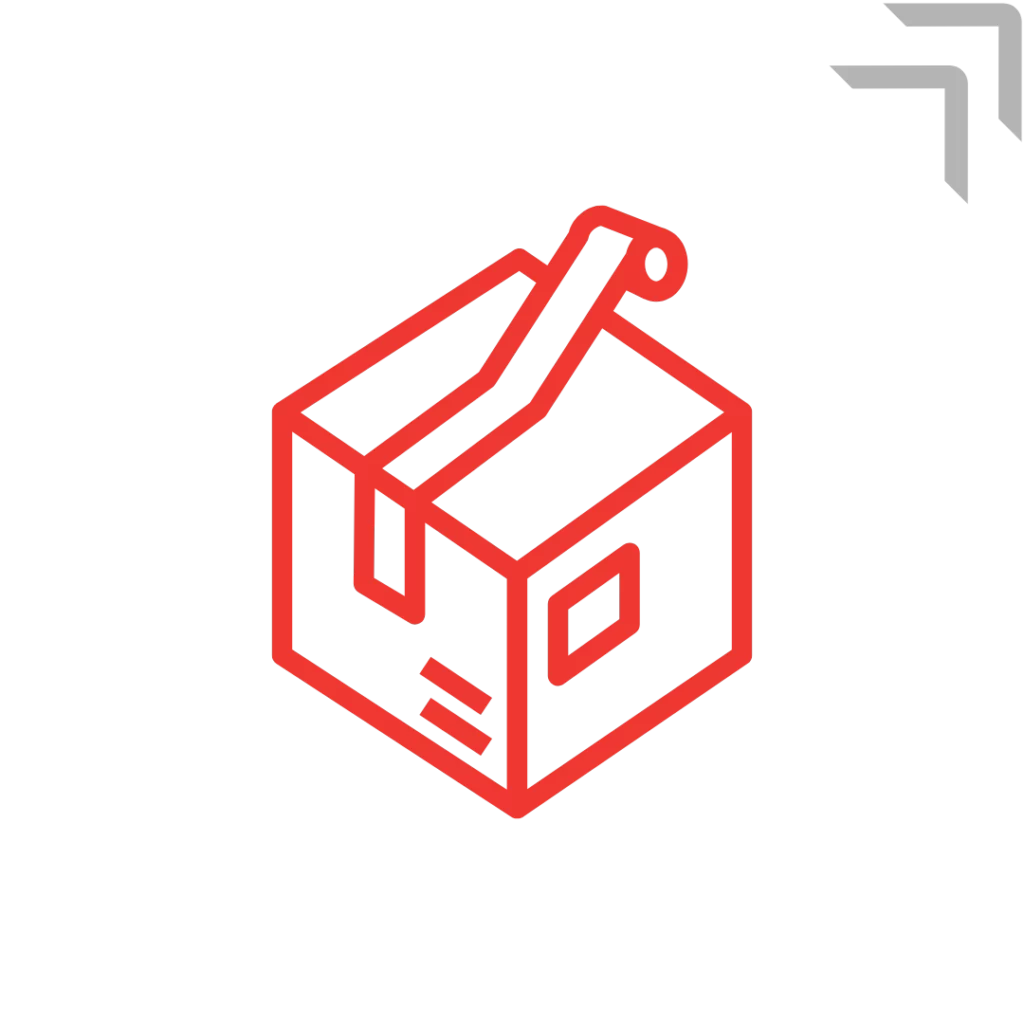
Part 4: Changes in packing instructions
Significant changes have been made to many packing instructions, including allowing the content weight of a package to exceed 400 kg under certain conditions. This aims to improve the economic efficiency of transport.
Part 5: Changes for shippers of lithium-ion batteries and hazardous waste
For shippers of lithium-ion batteries, the requirement to include a telephone number (for additional information) has been removed, meaning only the UN number is now required on information labels. For shippers of hazardous waste, it is now possible to estimate the quantity of waste when exact measurement is not possible, under certain conditions.


Part 6: ADR advisory
The introduction of new regulations for ADR advisers requires companies to appoint Dangerous Goods Safety Advisers, which aims to increase regulatory compliance and improve safety.
Part 7: Changes concerning vehicles
The V6 regulation concerning the transport of flexible IBCs (Intermediate Bulk Containers) has been removed, and a new regulation, V15, has been introduced, specifying that IBCs should be transported in closed vehicles or containers.
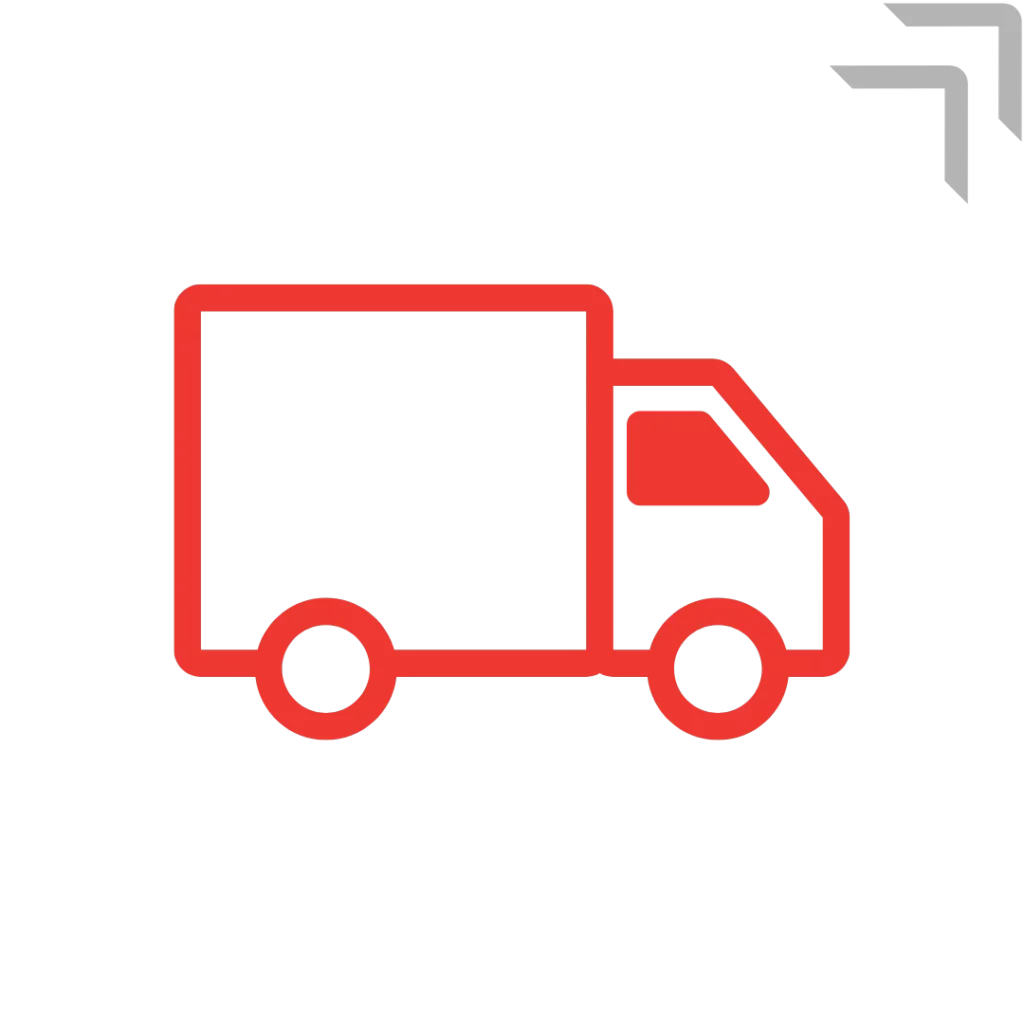
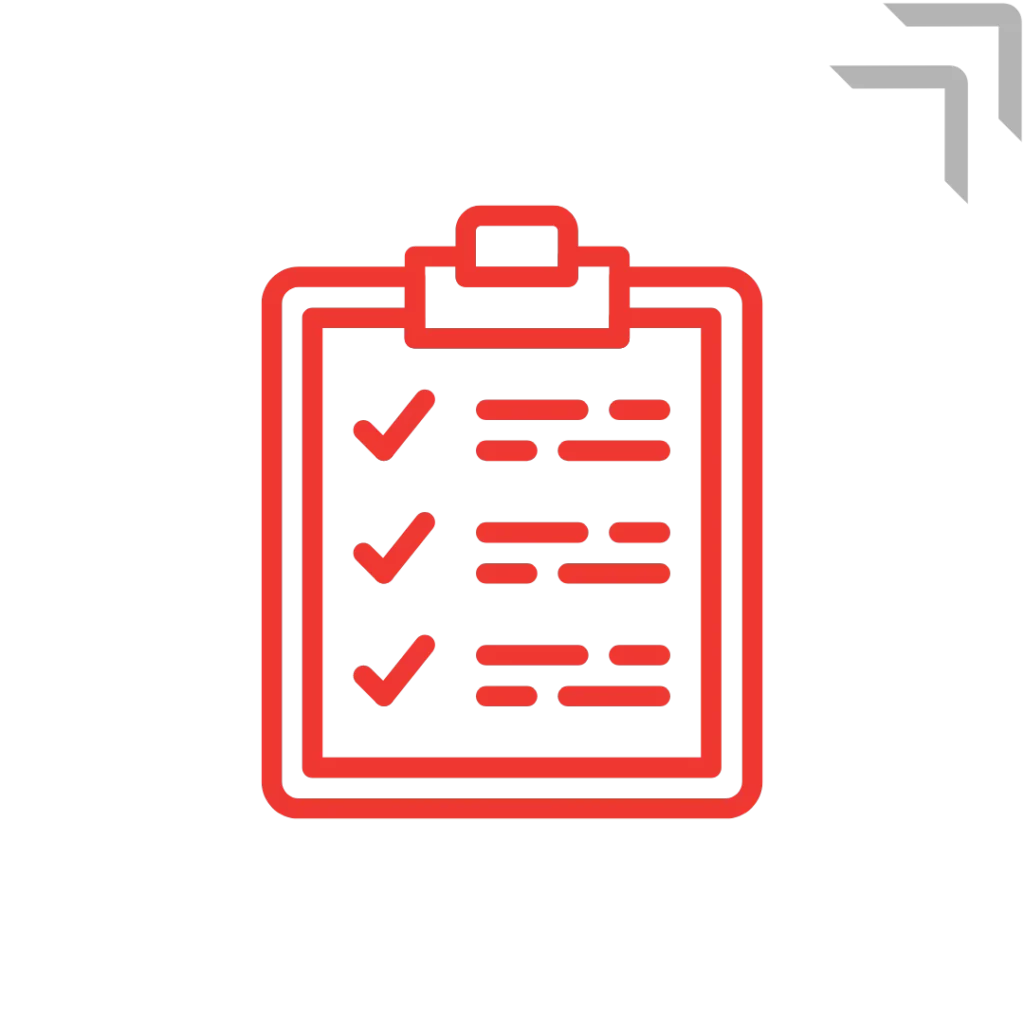
Part 8: Documentation requirements
The requirement to have a container/vehicle packing certificate, where required, has been removed from the regulations, and new special provisions have been added concerning the supervision of vehicles transporting explosive materials.
Part 9: Requirements for EX/III and FL vehicles
Additional safety requirements have been introduced for EX/III and FL vehicles, such as the obligation to equip vehicles transporting liquefied and compressed flammable gases and flammable liquids of Packing Groups I and II with an automatic fire suppression system in the engine compartment.
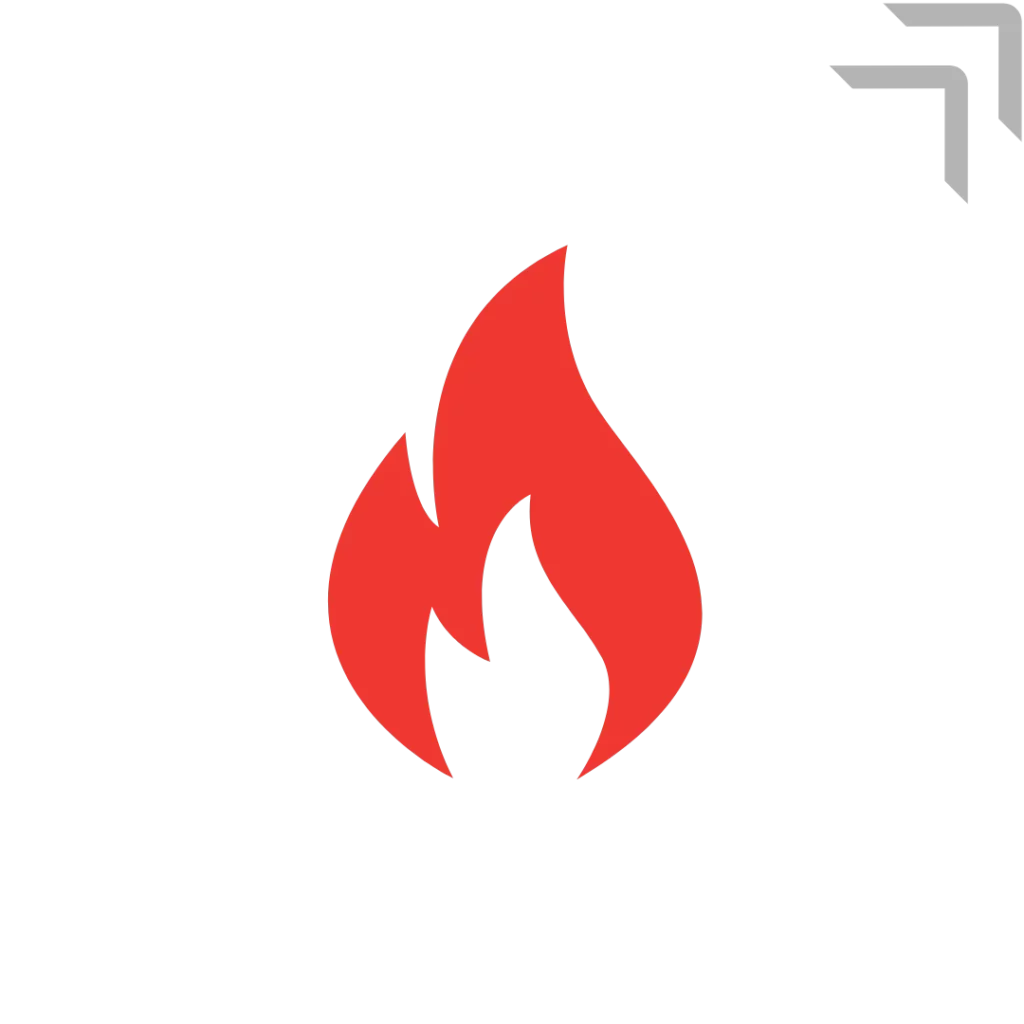
These changes to the ADR Agreement aim to enhance the safety of transporting dangerous goods and to adapt the regulations to new technologies and international standards.
Structure of the ADR agreement
The ADR Agreement consists of two main parts: the main agreement and Annexes A and B. The main agreement defines the legal relationships between the participating states, while the annexes regulate the conditions for transporting specific dangerous goods.

Annex A contains regulations regarding the classification, packaging, marking, and labeling of dangerous goods.

Annex B concerns the technical requirements that vehicles transporting these goods must meet, as well as the requirements for the crew and their training.
Role of the Safety Adviser
Since 2003, every company involved in the road transport of dangerous goods, including carriers and companies that receive and send such goods, must work with a safety adviser, known as the “ADR adviser.”
Their responsibilities include:
Convention requirements
Assisting in fulfilling the requirements imposed by the convention
Annual reports
Preparing mandatory annual reports for the provincial governor
Safety procedures
Implementing appropriate safety procedures and instructions
Thanks to these regulations and cooperation with ADR advisers, the transport of dangerous goods is more controlled, which increases road safety.
Dangerous goods according to ADR
According to the ADR agreement, dangerous goods are materials and items whose international road transport is either prohibited or allowed under certain conditions specified in Annexes A and B. The most commonly transported dangerous goods include:

Class 1 Explosive materials and items

Class 2 Gases

Class 3 Flammable liquids
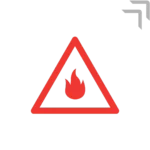
Class 4.1 Flammable solids, self-reactive substances, desensitized explosive solids

Class 4.2 Substances liable to spontaneous combustion

Class 4.3 Substances which in contact with water, emit flammable gases
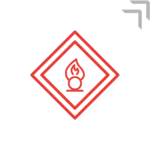
Class 5.1 Oxidizing substances

Class 5.2 Organic peroxides

Class 6.1 Toxic substances
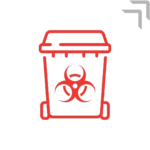
Class 6.2 Infectious substances
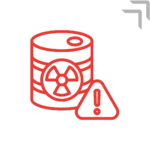
Class 7 Radioactive materials

Class 8 Corrosive substances

Class 9 Miscellaneous dangerous substances and articles
Class 1 Explosive materials and items
ADR Class 1 includes explosive materials and items containing such materials. These materials are divided into two main categories. The first category comprises explosive materials in solid, liquid, or mixed forms that can cause an explosion under specific conditions, generating environmentally harmful gases. The second category includes pyrotechnic materials or their mixtures, designed to produce light, sound, heat, gas, or smoke effects, or a combination of these, through a chemical reaction. These categories aim to accurately define and manage the risks associated with transporting explosive materials to ensure maximum safety.
Class 2 Gases
This class includes a wide range of gases, both in pure form and in mixtures with other gases or materials. It also covers items containing hazardous substances according to ADR classification. Within this class, various types of gases are distinguished, such as asphyxiant gases (A), oxidizing gases (O), flammable gases (F), toxic gases (T), toxic and flammable gases (TF), toxic and corrosive gases (TC), toxic and oxidizing gases (TO), toxic, flammable, and corrosive gases (TFC), and toxic, oxidizing, and corrosive gases (TOC). This classification aims to precisely define the characteristics of gases and the associated hazards, which is crucial for ensuring the safe transport of these materials.
Class 3 Flammable liquids
ADR Class 3 covers liquids that, although not explosive, have the ability to ignite easily or support the combustion of other materials. These liquids are characterized by a vapor pressure not exceeding 300 kPa and are not in a gaseous state at a temperature of 20°C. Additionally, their flash point does not exceed 61°C. This class may also include materials that must be heated before transport, as well as desensitized explosive liquids that have been dissolved or suspended in other liquids.
Class 4.1 Flammable solids, self-reactive substances, desensitized explosive solids
Flammable solids in Class 4.1 ignite more easily than standard flammable materials and generate intense heat. This class includes, among others, desensitized explosive materials, such as wetted trinitrotoluene (TNT). Additionally, it covers self-reactive substances that may undergo chemical decomposition under specific conditions, leading to explosions, intense burning, or the release of toxic gases and vapors. These materials require special caution during transport due to their flammability and potential chemical hazards.
Class 4.2 Substances liable to spontaneous combustion
Class 4.2 includes substances that, in solid or liquid form, can spontaneously ignite upon contact with oxygen. To prevent spontaneous combustion, these materials must be stored in airtight containers. Liquids should be kept under a blanket of inert or liquid gas to minimize the risk of ignition.
Class 4.3 Substances which in contact with water, emit flammable gases
Materials in Class 4.3 react with water, both in liquid and vapor form, releasing flammable gases. The heat generated during this reaction can lead to ignition. To prevent contact with moisture or water vapor, these materials must be stored in waterproof, hermetically sealed containers.
Class 5.1 Oxidizing substances
Materials in Class 5.1 act as oxidizers, meaning they can support the combustion of other materials in their vicinity. While they may not be flammable themselves, their presence can significantly increase the intensity of a fire.
Class 5.2 Organic peroxides
Class 5.2 includes organic peroxides, which may be classified as either controlled temperature or non-controlled temperature substances. The decomposition of these substances can be triggered by heat, contaminants (such as acids, heavy metal compounds, amines), friction, or impact. The rate of decomposition of organic peroxides increases with temperature and depends on their chemical composition. During decomposition, harmful or flammable gases and vapors may be released, requiring special caution during transport and storage.
Class 6.1 Toxic substances
This class includes substances toxic to living organisms, including humans, animals, and plants. These materials can cause serious health damage or lead to death through inhalation, skin absorption, or ingestion. Due to the high risk they pose, they require special care during transport.
Class 6.2 Infectious substances
Materials in Class 6.2 are known to be infectious or may contain pathogens that pose a threat to human health. These pathogens, including bacteria, viruses, rickettsiae, parasites, and fungi, can cause infectious diseases in humans or animals. ADR classification considers these materials due to their potential danger and requires appropriate safety measures during transport to prevent the spread of diseases.
Class 7 Radioactive materials
Radioactive materials, classified as Class 7, include shipments containing substances that emit radiation. Based on the Transport Index (TI) and the level of radiation, these materials are classified into one of the following categories: I-WHITE, II-YELLOW, III-YELLOW, or IV-YELLOW. Each category indicates a different level of hazard and transport requirements.
Class 8 Corrosive substances
Class 8 includes materials and items containing substances that can cause damage to the epithelial tissue of the skin or mucous membranes. In the event of a leak, these materials can also damage or destroy other goods and transportation means. Additionally, some of these materials can emit corrosive vapors or mists in the presence of natural air humidity, posing an additional hazard.
Class 9 Miscellaneous dangerous substances and articles
This class covers various materials and items that pose potential hazards during transport but are not covered by other ADR classes of dangerous goods. This class is highly diverse and includes materials with specific properties that may present risks in different transport situations.
Accurate labeling of the class to which a dangerous good belongs is crucial for ensuring safety during transport. This classification facilitates the communication of potential hazards associated with the material to third parties, which is essential for effective risk management.
Hazard group labels for chemical transport in ADR
To ensure the highest level of safety in the transport of dangerous goods, chemical hazard labels must accurately reflect the actual risks. The classification of materials involves not only assigning them to specific ADR classes but also to the appropriate packing groups. There are three packing groups: I, II, and III. Proper classification of a dangerous material requires a thorough understanding of the classes of dangerous goods and ADR classification codes, which specify the specific hazards associated with each item. These codes, recorded in alphanumeric form, significantly facilitate the labeling of containers, packages, or tanks transporting dangerous substances. Each material is identified by a substance identification number and a hazard identification number, allowing for quick and precise identification of potential risks during transport.
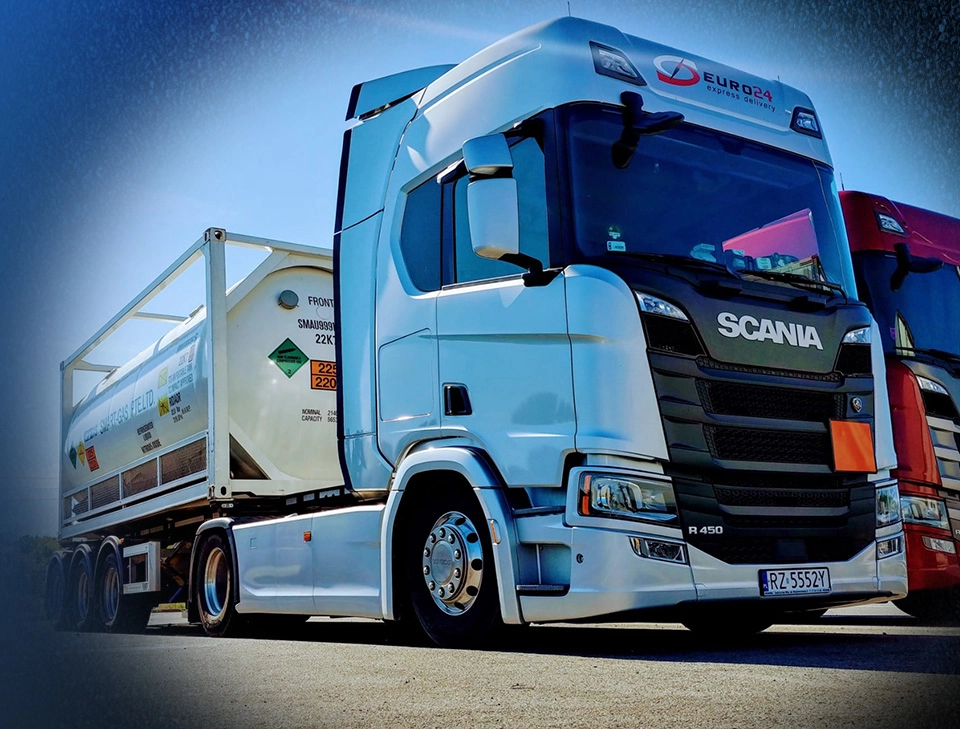
Group I
Materials posing a high level of danger
Group II
Materials posing a medium level of danger
Group III
Materials posing a low level of danger
Labeling of dangerous goods in transport
Vehicles transporting dangerous goods must be properly labeled. ADR plates are orange, reflective signs placed on the front and rear of the vehicle. These are crucial in road transport within countries covered by the ADR agreement, as they contain important information about the substances being transported.
ADR plates display two identification numbers:

Hazard Identification Number (HIN) Two or three digits located in the upper part of the plate, indicating the type of hazard
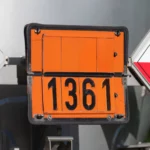
UN Number (UN) Four digits in the lower part of the plate, identifying the specific dangerous substance
In addition to vehicle labeling, each unit of transported goods must be appropriately marked with special labels. Such markings are essential for ensuring transport safety and facilitating the identification of goods in case of a malfunction or accident.
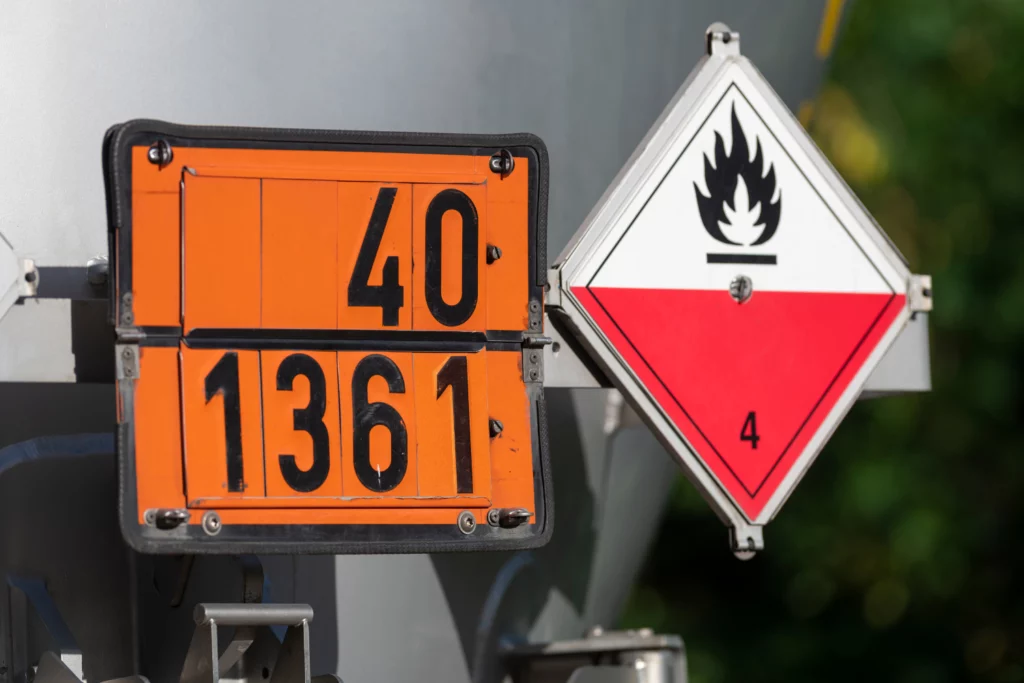
Equipment for vehicles transporting ADR goods
Every vehicle transporting dangerous goods must be properly equipped to ensure safety during transport. The essential equipment includes:
- Wheel chock: Each vehicle should be equipped with a chock suitable for its total weight and wheel diameter.
- Two standing warning signs: These are essential for marking the location in the event of a breakdown or accident.
- Eye wash solution: Important in case of contact with dangerous substances.
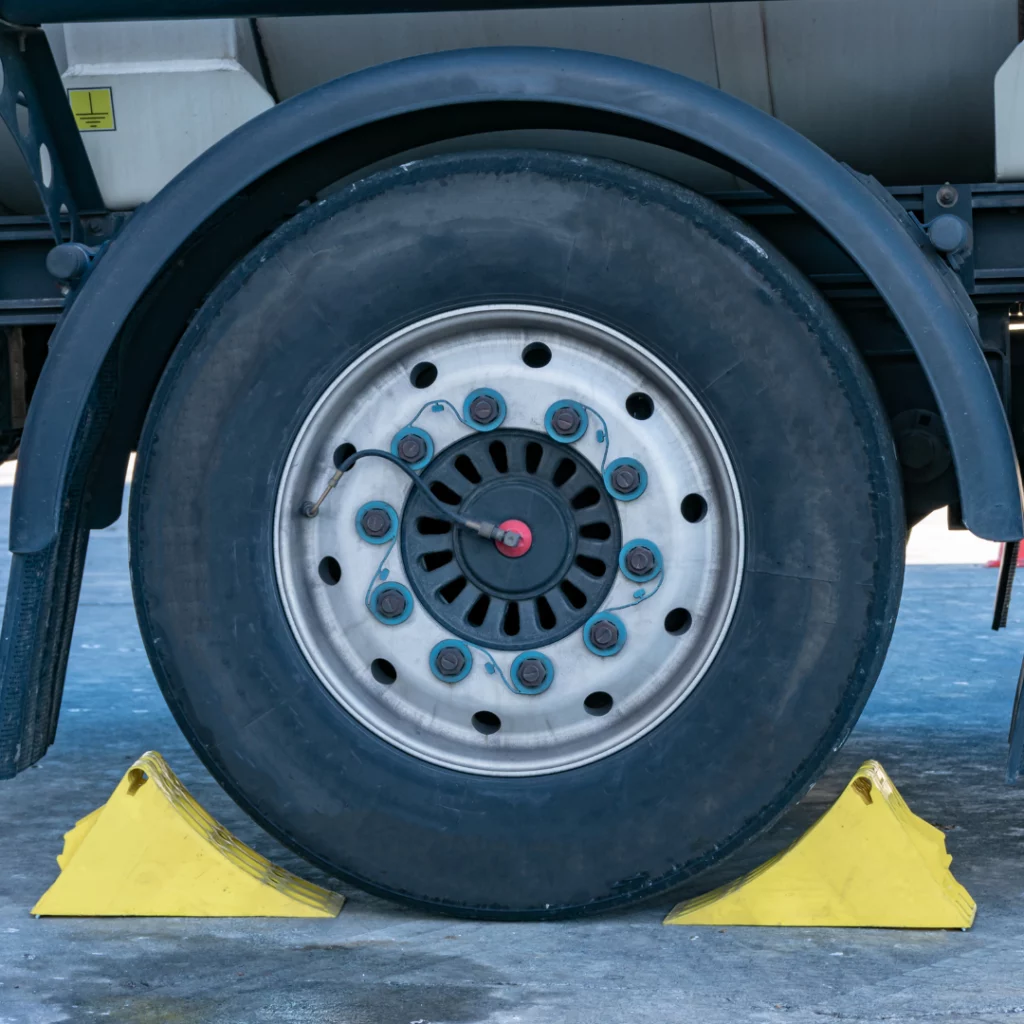


Additionally, each crew member of the vehicle should have:
- High-visibility vest: Ensures visibility and safety on the road.
- Portable lighting device: Necessary for working in low-visibility conditions.
- Protective gloves: Protect hands from dangerous substances or in case of contact with them.
- Eye protection: Required when transporting most dangerous goods (except for certain categories of hazard labels: 1, 1.4, 1.5, 1.6, 2.1, 2.2, and 2.3).
For certain classes of goods, additional equipment is required:
- Escape mask: Required for each person in the vehicle if the transported materials are labeled with hazard labels 2.3 or 6.1.
- Shovel, drain cover and container for residue collection: Required when transporting solid and liquid materials labeled with hazard labels 3, 4.1, 4.3, 8, or 9.
Information for drivers transporting dangerous goods
Driving a vehicle that transports dangerous goods requires specialized qualifications. The driver must hold a valid ADR certificate, which can be obtained after completing the appropriate course. To receive an ADR certificate, the driver must meet the following conditions:
Age:
Must be at least 21 years old (except for drivers of vehicles belonging to the Armed Forces of the Republic of Poland).
Legal requirements:
Must meet all requirements specified in the road traffic and road transport regulations.
Completion of ADR course:
Must complete an initial ADR course if applying for the certificate for the first time or a refresher course if seeking to extend the validity of the certificate.
Passing the exam:
Must pass the final exam of the initial or refresher ADR course with a positive result.
Having the appropriate qualifications and equipment for drivers and vehicles ensures the safe transport of dangerous goods in accordance with international ADR standards.
Waste transport
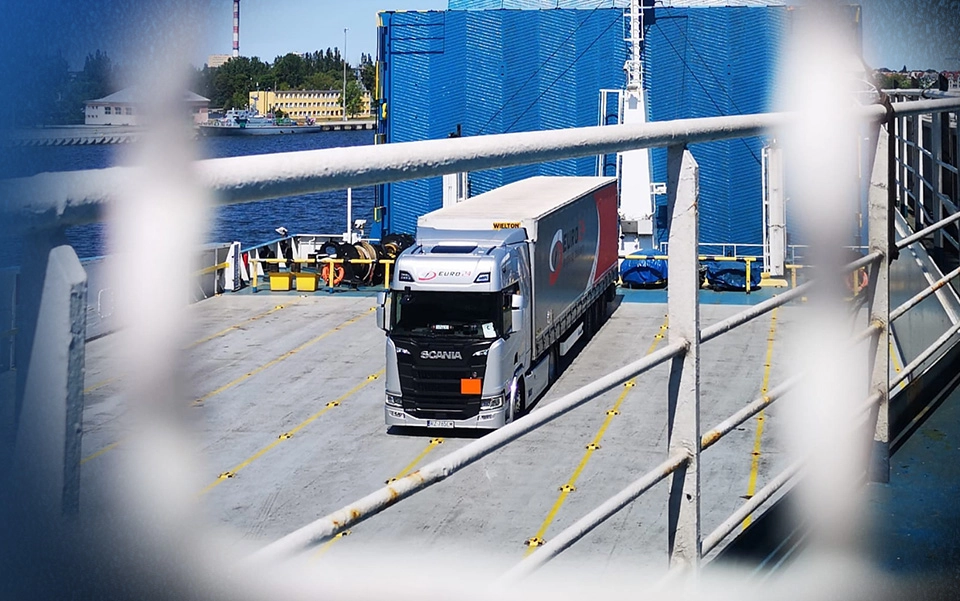
Since January 24, 2018, a regulation issued by the Minister of the Environment has been in effect, which specifically regulates the requirements for waste transport. The regulation defines what means of transport can be used, how they should be labeled, and the rules for transporting waste. However, it is important to remember that the provisions of this regulation do not apply to waste that falls under the Act on the Transport of Dangerous Goods, i.e., the ADR regulations.
BDO register
The BDO Register is a database maintained by the provincial governor, which includes entities introducing products, products in packaging, and managing waste. Until recently, waste transport required specific permits, which have now been replaced by registration in the BDO register. This register contains a list of waste codes. The rules concerning the transport of waste were defined in the regulation of the Minister of the Environment from October 7, 2016, which has been in force since January 24, 2018. All entities required to maintain records and reporting in the field of waste management must be registered in the BDO.
Documents – waste transport
According to the new regulations, waste must be transported along with documents confirming the type of waste being transported and the details of the party commissioning the transport. In the case of collecting municipal waste from property owners, these documents must also include the name of the municipality from which the waste was collected. These documents include, among others:
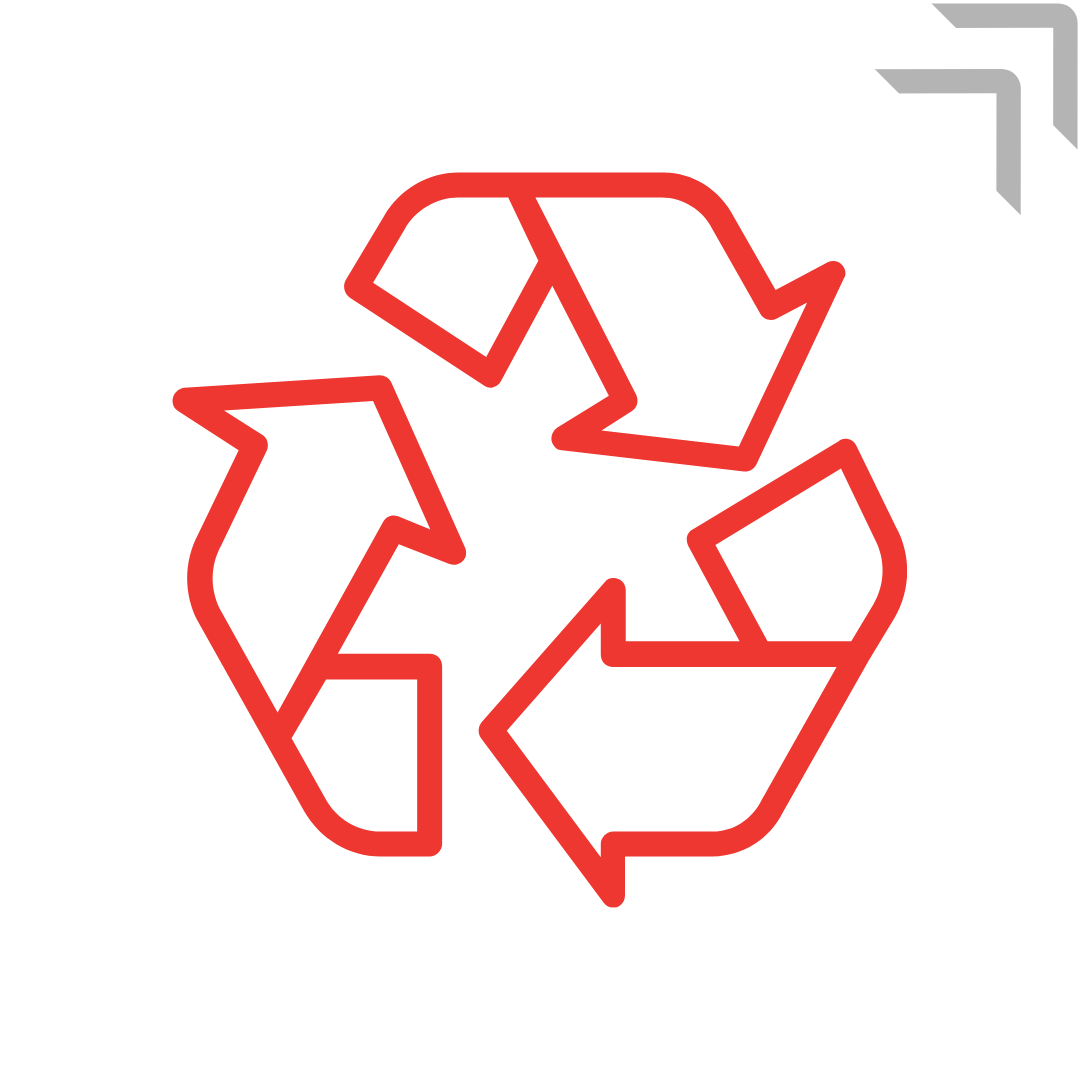
Waste transfer notes

Waste sale invoices
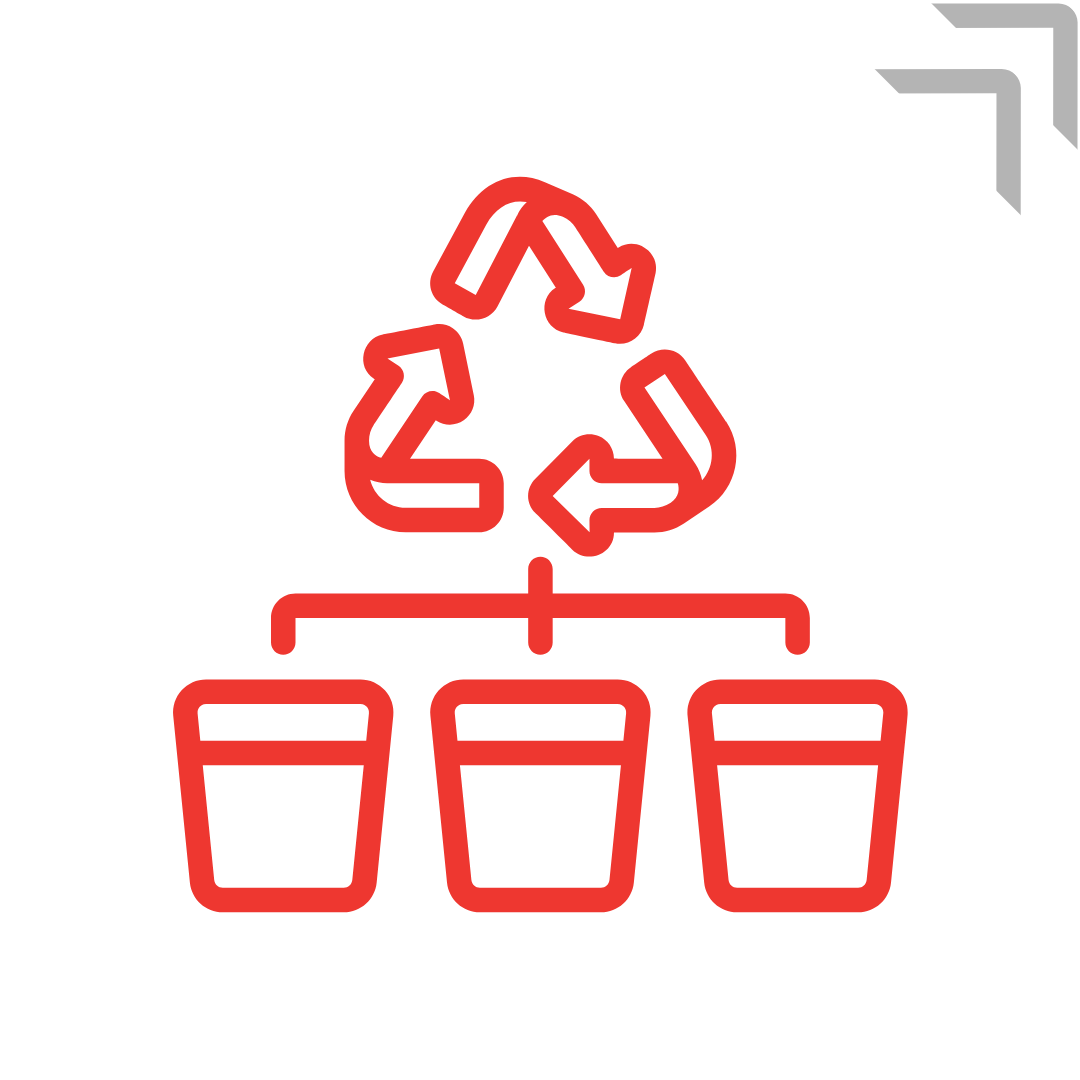
Basic waste characteristics
Documents related to the transboundary movement of waste
Other documents confirming the type of waste being transported and the details of the party commissioning the transport
Vehicle marking – waste transport
Vehicles used for waste transport must be marked with a special informational sign in white. The standard dimensions of the sign are 400 mm in width and 300 mm in height, with the word “ODPADY” (WASTE) written in large black letters at least 100 mm in height and with a line width of at least 15 mm. If the size or construction of the vehicle does not allow for the placement of a standard-sized sign, smaller signs with a minimum size of 300 mm in width and 120 mm in height, with the word “ODPADY” written in letters 80 mm high and with a line width of 12 mm, are permitted.
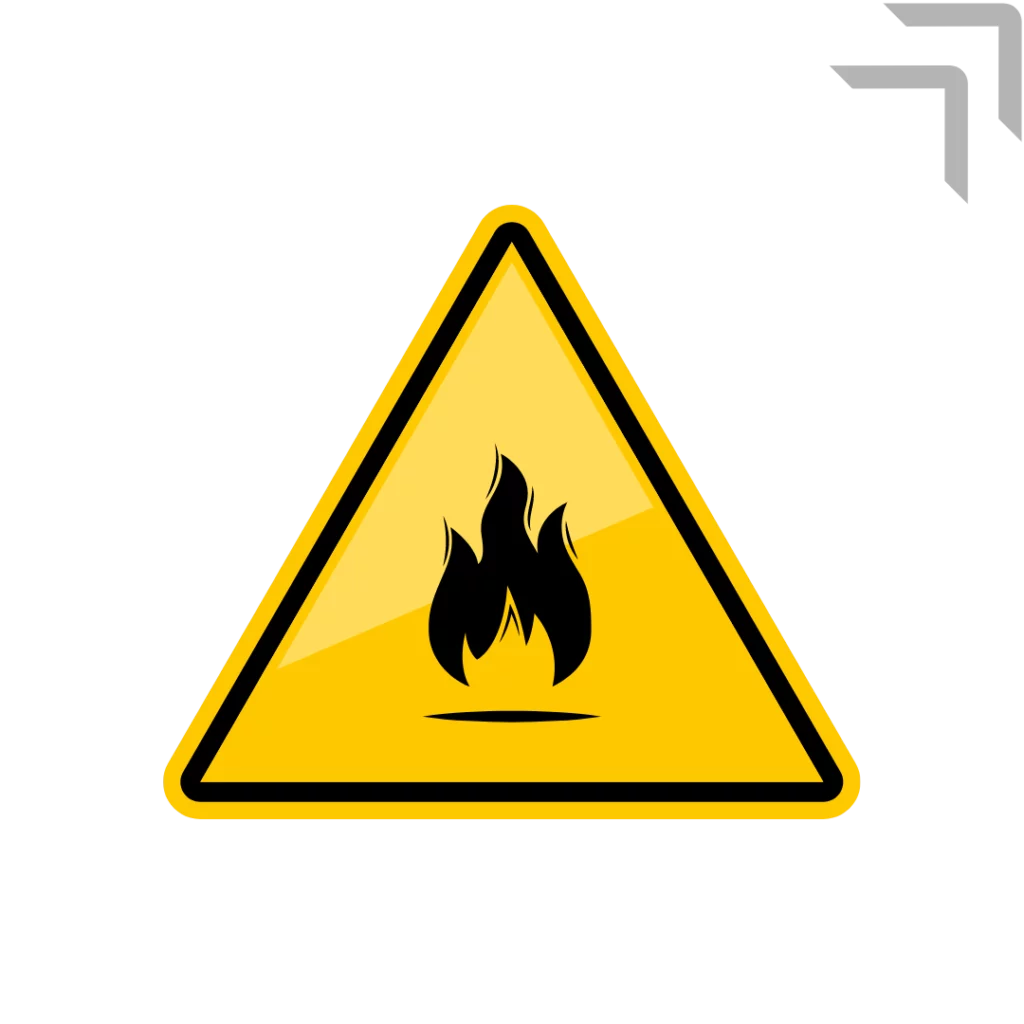
In the case of international waste transport, it is permissible to use a white sign with dimensions of 400 mm in width and 300 mm in height, with a large black letter “A” that is at least 200 mm high and with a line width of at least 20 mm.
Penalties in waste transport
Compliance with waste transport regulations is crucial for environmental protection and ensuring the safe and legal transport of waste. Violations of these regulations can lead to severe penalties. Here are the main situations that are subject to penalties, along with a detailed explanation:
Transporting waste contrary to regulations
Transporting waste in violation of the regulations specified in the Minister of the Environment’s ordinance on detailed requirements for waste transport. Violating these regulations may result in penalties, including arrest or a fine, in accordance with Article 174 of the Waste Act (u.o.).
Non-compliance with the instructions of the commissioner
Failure to deliver waste to the specified entity or location according to the instructions provided by the commissioner of the transport. This action is also subject to penalties, including arrest or a fine, under Article 174 of the Waste Act (u.o.).
Violations related to waste transport and penalty amounts
In the event of violations of waste transport regulations, severe financial penalties are imposed. Here is detailed information on the various types of violations and the associated penalties:

Failure to report the execution of road transport of waste Failure to report the transport of waste when a permit is not required

Transport of non-hazardous waste without BDO registration Transporting non-hazardous waste without the required entry in the BDO register

Transport of hazardous waste without BDO registration Transporting hazardous waste without the required entry in the BDO register

Export of waste outside Polish territory without a permit Exporting waste without the required permit

Import of waste into Polish territory without a permit Importing waste without the required permit

Transit of waste through Polish territory without a permit Transporting waste in transit without the required permit

Transporting waste without appropriate documentation Lack of documents confirming the type of waste being transported

Transporting waste without vehicle marking Lack of appropriate marking on transport vehicles

Mixing hazardous waste with other waste Transporting in a manner that allows hazardous waste to come into contact with other waste

Mixing different types of waste Transporting in a way that allows the mixing of different types of waste (except in situations where they are directed to the same processing facility)

Spillage of waste outside transport means Transporting in a manner that allows waste to spill outside the transport means and does not limit odor nuisance

Lack of protection against atmospheric factors Transporting waste without protection against atmospheric conditions, which may negatively impact the environment or human health

Failure to secure containers against movement Transporting waste in a manner that does not secure containers or bags against movement and tipping over
Compliance with waste transport regulations is crucial for ensuring public safety and environmental protection. The financial penalties for violating these regulations are severe and are intended to compel carriers to strictly adhere to the existing rules. Ensuring that all requirements are met not only protects against penalties but also supports sustainable and responsible waste management.
Have you got questions?
Drop us a line. Together, we’ll identify solutions for your transport requirements.
Arrange a “virtual coffee” with our Sales Representative and find out how we can ensure the collaboration comfort you’re after. Eliminat the stress associated with transport. Our staff carefully identify your transport priorities to craft a bespoke offer.
Discover how we can bolster your business.
GET YOUR TRANSPORT QUOTE AS SOON AS POSSIBLE >>
